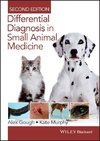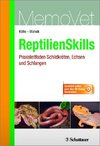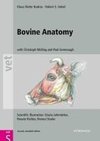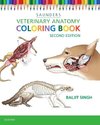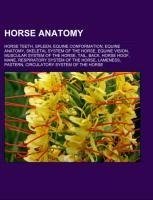
Horse anatomy
Source: Wikipedia. Pages: 77. Chapters: Horse teeth, Spleen, Equine conformation, Equine anatomy, Skeletal system of the horse, Equine vision, Muscular system of the horse, Tail, Back, Horse hoof, Mane, Respiratory system of the horse, Lameness, Pastern,... Viac o knihe
Produkt je dočasne nedostupný
19.45 €
bežná cena: 22.10 €
O knihe
Source: Wikipedia. Pages: 77. Chapters: Horse teeth, Spleen, Equine conformation, Equine anatomy, Skeletal system of the horse, Equine vision, Muscular system of the horse, Tail, Back, Horse hoof, Mane, Respiratory system of the horse, Lameness, Pastern, Circulatory system of the horse, Wolf tooth, Equine forelimb anatomy, Rump, Navicular bone, Equine prepurchase exam, Sesamoid bone, Forehand, Hock, Chestnut, Withers, Stifle joint, Philtrum, Frog, Equinalysis, Ergot, Fetlock, Sickle-hocked, Poll, Modified triadan system, Coffin bone, Stringhalt, Guttural pouch, Forelock, Quarter crack, Feathering, Brachygnathism, Short-coupled. Excerpt: Parts of a horseEquine conformation evaluates the degree of correctness of a horse's bone structure, musculature, and its body proportions in relation to each other. Undesirable conformation can limit the ability to perform a specific task. Although there are several universal "faults," a horse's conformation is usually judged by what its intended use may be. Thus "form to function" is one of the first set of traits considered in judging conformation. A horse with poor form for a Grand Prix show jumper could have excellent conformation for a World Champion cutting horse, or to be a champion draft horse. Every horse has good and bad points of its conformation and many horses (including Olympic caliber horses) excel even with conformation faults. The Head The standard of the ideal head varies dramatically from breed to breed based on a mixture of the role the horse is bred for and what breeders, owners and enthusiasts find appealing. Breed standards frequently cite large eyes, a broad forehead and a dry head-to-neck connection as important to correctness about the head. Traditionally, the length of head as measured from poll to upper lip should be two-thirds the length of the neck topline (measured from poll to withers). Presumably, the construction of the horse's head influences its breathing, though there are few studies to support this. Historically, a width of 4 fingers or 7.2 cm was associated with an unrestricted airflow and greater endurance. However, a study in 2000 which compared the intermandibular width-to-size ratio of Thoroughbreds with their racing success showed this to be untrue. The relationship between head conformation and performance are not well-understood, and an appealing head may be more a matter of marketability than performance. Among mammals, morphology of the head often plays a role in temperature regulation. Many ungulates have a specialized network of blood vessels called the carotid rete, which keeps the brain cool while the body temper
- Vydavateľstvo: Books LLC, Reference Series
- Formát: Paperback
- Jazyk:
- ISBN: 9781155453965



 Nemecký jazyk
Nemecký jazyk 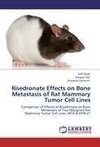
 Anglický jazyk
Anglický jazyk 
